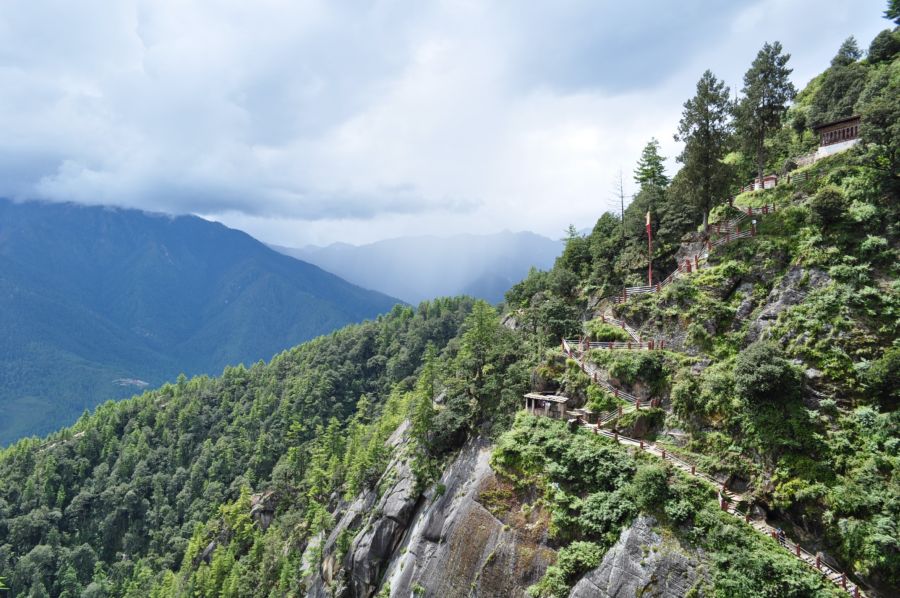Welcome to the beautiful and enchanting Kingdom of Bhutan! Our journey will take us through three of the most breathtaking cities in the country, Thimphu, Punakha, and Paro. From the bustling capital city of Thimphu, we will explore its vibrant markets and magnificent monasteries. Next, we will journey to the scenic Punakha, known for its stunning landscapes and historic dzongs. Finally, we will end our trip in majestic Paro, home to the famous Tiger's Nest Monastery. Get ready to immerse yourself in the rich culture, stunning landscapes, and warm hospitality of Bhutan as we explore these fascinating cities.
| Accommodation in well-appointed rooms as mentioned in the above hotels or equivalent with the selected meal plan. |
| Assistance at the airport |
| Services of a Trip Leader will be as per the itinerary for Bhutan Portion only |
| Transfer and sightseeing as per the itinerary (Not at Disposal) |
| All applicable Transfers & Sightseeing by Specified vehicle which will not be at disposal and will be exclusively used for the guest as per the itinerary only (on point-to-point basis). Concept of vehicle on disposal is not a practice in Bhutan. The vehicle + Trip Leader (Guide) will be with the guest from (0900 Hrs till 1700 Hrs). |
| Driver allowances, toll taxes and Govt. Service Tax |
| SDF (Sustainable Development Fee) |
| Cost for supplementary service, optional Tours, Up-gradation Charges, Sightseeing entrance fees. |
| Cost for Airfare, Train fare, Insurance Premiums, Rafting Charges. |
| Cost for service provided on a personal request. |
| Cost for personal expenses such as laundry, bottled water, soft drinks, incidentals, porter charges, tips etc. |
| Cost for any other service not mentioned under the “Cost Includes” head. |
| Difference in cost arising due to extra usage of vehicle, other than scheduled & mentioned in the itinerary. |
| Difference in cost arising due to mishaps, political unrest, natural calamities like - landslides, road blockage, etc. In such case extra will have to be paid on the spot by the guest directly. |





6 Days, 5 Nights Travel Trip
This festive offer for EA residents only features a 5-night/6-day premium s...
15 Days, 14 Nights Travel Trip
Great choice, travelers! For our next adventure, we will be visiting the be...
15 Days, 14 Nights Travel Trip
"Welcome to Palakkad, the land of mountains, forests and rivers. This pictu...
6 Days, 5 Nights Travel Trip
Welcome to the stunning destination cities of Arusha, Ngorongoro Conservati...